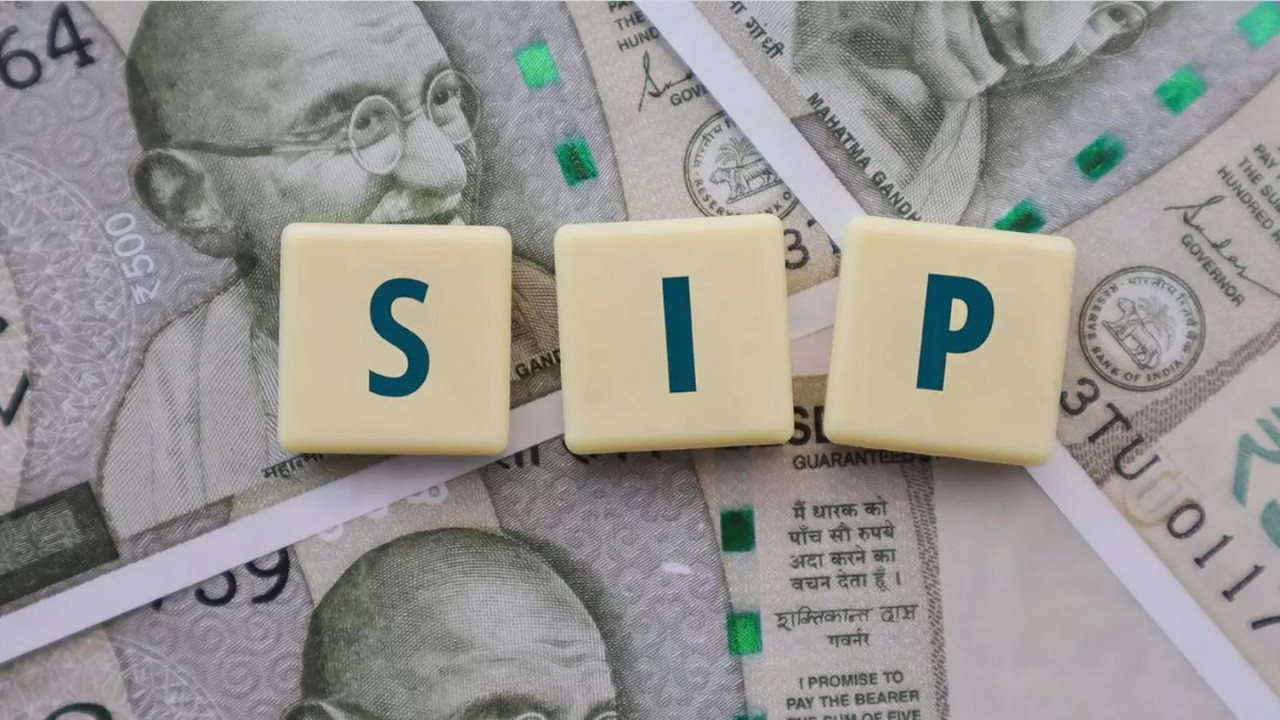Prime Minister Modi inaugurated projects worth over Rs 60,000 crore in Odisha. BSNL’s indigenous 4G network launched, a major telecom milestone. Over 97,500 4G towers were commissioned across multiple states. Two semiconductor units received approval for Odisha. Railway, healthcare, and education sectors also saw new initiatives. The government highlighted its vision for self-reliance.
A New Dawn for Indian Connectivity: BSNL’s 4G Rollout Signals Progress
For years, the narrative around India’s telecom infrastructure has been a mix of impressive growth and persistent reliance on foreign technology. But the winds are shifting, and a new chapter is being written, spearheaded by Bharat Sanchar Nigam Limited (BSNL). Recently, the nation witnessed a significant leap forward as Prime Minister Modi launched BSNL’s indigenously developed 4G services. This isn’t just another network upgrade; it’s a statement of India’s growing technological prowess and a commitment to self-reliance.
Why Indigenous 4G Matters for India
The importance of a “Made in India” 4G network goes far beyond simple patriotism. It’s about strategic autonomy, economic empowerment, and national security. Relying on foreign vendors for critical infrastructure components leaves a nation vulnerable to geopolitical pressures and supply chain disruptions. An indigenous solution, on the other hand, strengthens India’s control over its digital destiny. The BSNL 4G rollout will also contribute to economic growth. By fostering local innovation and manufacturing, it creates jobs and drives technological advancement across the country. This is more than just faster internet; it’s about building a more resilient and self-sufficient India.
Diving Deep into the BSNL 4G Launch
So, what exactly did this launch entail? It wasn’t just a symbolic gesture. BSNL is deploying a complete end-to-end 4G solution designed and manufactured in India. This includes everything from the core network equipment to the radio access network (RAN), all developed in collaboration with Indian companies and research institutions. The rollout is planned in phases, prioritizing areas with limited or no connectivity. This will be crucial in bridging the digital divide and bringing the benefits of high-speed internet to underserved communities.
The initial phase will focus on upgrading existing BSNL sites to 4G, followed by the deployment of new sites in areas where coverage is lacking. The project aims to eventually cover the entire country, providing reliable and affordable connectivity to all citizens.

What Does This Mean for the Average Indian?
For the average Indian citizen, BSNL’s 4G services promise a vastly improved mobile experience. Faster download and upload speeds will translate into smoother video streaming, quicker access to online services, and improved communication capabilities. This is particularly relevant for those living in rural areas, where connectivity has historically been a challenge. Reliable 4G access can unlock new opportunities for education, healthcare, and economic empowerment, connecting people to the digital world and enabling them to participate fully in the modern economy.
Beyond individual benefits, this initiative also has broader implications for the Indian economy. Improved connectivity will boost productivity, facilitate e-commerce, and support the growth of digital businesses. It will also create new opportunities for innovation and entrepreneurship, driving economic growth and creating jobs.
Challenges and the Road Ahead
While the BSNL 4G launch is undoubtedly a positive step, it’s important to acknowledge the challenges that lie ahead. Building and deploying a nationwide 4G network is a complex and resource-intensive undertaking. BSNL will need to overcome logistical hurdles, manage costs effectively, and ensure the quality and reliability of its services. Furthermore, competition in the Indian telecom market is fierce, and BSNL will need to differentiate itself to attract and retain customers.
Despite these challenges, the BSNL 4G initiative represents a bold and ambitious vision for India’s digital future. It’s a testament to the country’s growing technological capabilities and its commitment to self-reliance. The successful rollout of this network will not only improve connectivity but also drive economic growth, create jobs, and empower communities across the country. To further understand how India’s telecom sector is evolving, read about the latest updates on [5G spectrum auctions](internal-link).
In conclusion, BSNL’s indigenous 4G services are more than just a network upgrade. They represent a significant step towards a more connected, self-reliant, and technologically advanced India. While challenges remain, the potential benefits are immense, promising to transform the lives of millions of citizens and drive economic growth across the nation. The future of connectivity in India looks brighter than ever.







